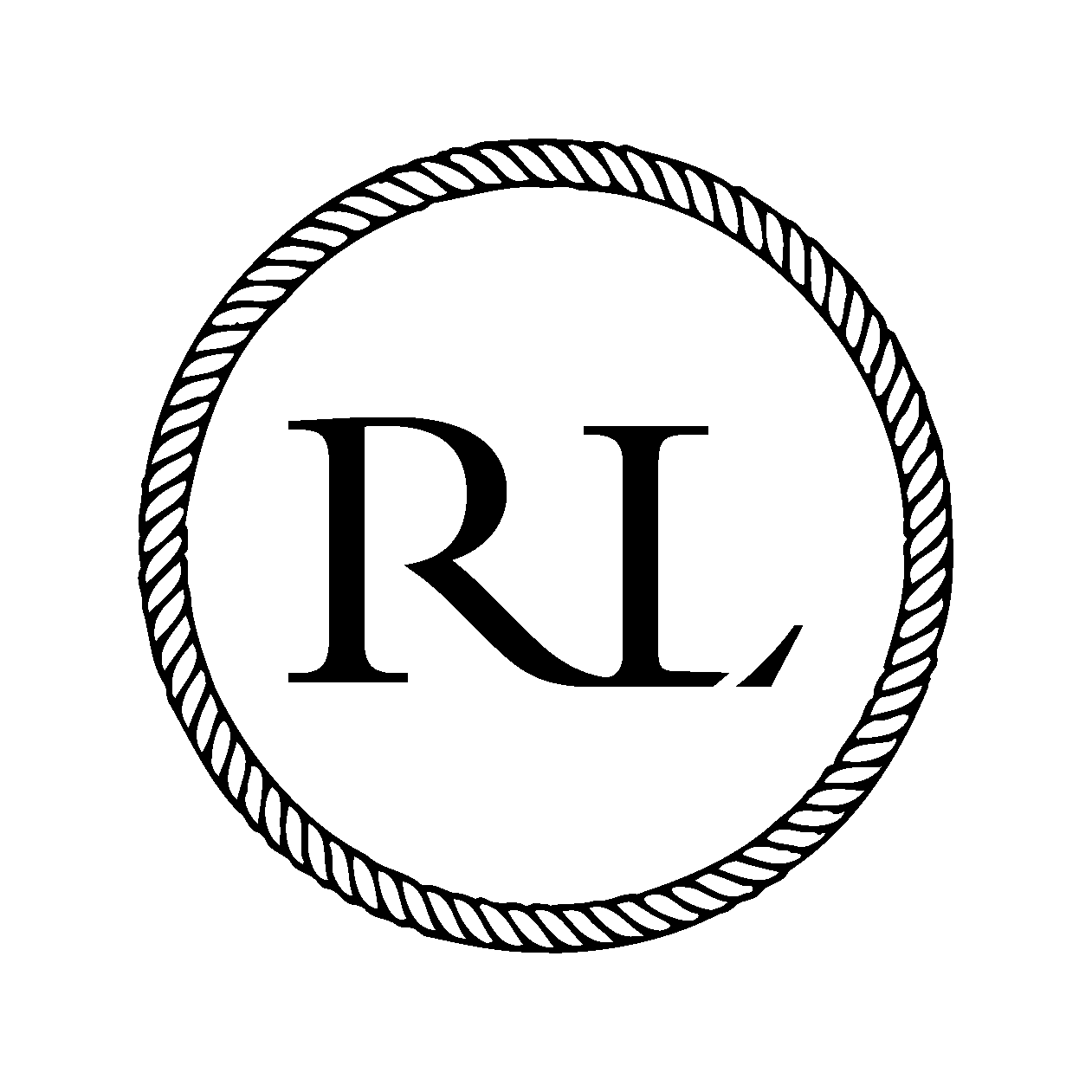Top FAQs About Nasal Septum Perforation Surgery Answered

The nasal septum is a thin wall structure dividing our nostrils. If you face breathing resistance through your nose, it can be a significant symptom of nasal perforation. The nasal septum is straight and centred. But a traumatic experience or any severe injury can cause damage and breathing difficulties. Septum perforations (holes) form in the cartilage, pushing the septum to deviate to one side. It can cause bleeding, pain, or whistling sounds in extreme cases. Recognising the symptoms and proceeding with nasal septum perforation surgery is an ideal solution to overcome this problem. This blog post will answer some common questions related to the role of septum surgery for this condition.
-
What causes nasal septum perforation?
Septum is a delicate structure and can be easily injured. One of the common causes is a direct injury to the nose or trauma. Accidents, sports injuries, or nasal surgery can lead to the development of holes. Chronic inflammation, often linked to certain autoimmune diseases (conditions where the body attacks itself), can weaken the nasal tissues over time, making them more susceptible to perforation. Using recreational drugs such as cocaine is a very common cause. These sprays, when overused, may irritate and damage the nasal tissues, increasing the risk of perforations.
-
How is nasal septum perforation diagnosed?
Septum perforation is diagnosed with a thorough examination by a board-certified professional. One standard diagnostic method is a nasal endoscopy, which involves inserting a thin tube with a light and camera into the nostrils to visually examine the nasal passages and septum. This method allows the healthcare provider to observe holes, their size, and location directly. The professionals also analyse patients’ medical history to identify any triggers related to trauma, surgeries, or habits. Imaging studies and reports, such as CT or MRI scans, also give a detailed overview of nasal anatomy.
-
Can nasal septum perforation heal on its own?
Nasal septum perforations cannot heal on their own. The nasal septum lacks a direct blood supply, which impedes natural healing. Once holes develop, they are likely to persist and, in some cases, may grow larger over time. The size and severity of the perforation can influence the symptoms experienced and the feasibility of self-management. The sie of the hole does not seem to relate well to symptoms so a review with a specialist is essential to understand your options.
-
What are the potential complications of untreated nasal septum perforation?
Neglecting a nasal septum perforation or a small hole in the nasal septum can lead to severe difficulties. One significant risk is an increased risk of infections. The opening in the septum can serve as a gateway for bacteria or viruses, leading to recurrent infections in the nasal passages and sinuses. Another problem is chronic nasal congestion. The perforation can affect normal breathing, causing ongoing stuffiness and breathing problems. If left untreated, it can also develop nasal polyps—small, harmless growths in your nose lining that worsen congestion and breathing issues. A neglected perforation can grow more prominent, causing changes in your nose’s structure.
The main symptoms of a perforated septum are
- Blockage
- Bleeding
- Crusting
- Whistling sound when breathing
-
What does nasal septum perforation surgery involve?
Nasal septum perforation surgery is a specialised procedure to fix those small holes in the wall inside your nose. The surgery details can vary based on the size of the hole and what’s causing it. One common approach is using a technique called nasal septal flap reconstruction. It involves using nearby tissue from the nasal septum to create a flap that covers and closes the hole. It’s like a natural patch-up to help your septum heal. Surgeons might use synthetic materials to patch things up for more extensive or trickier perforations.
-
What is the recovery process after nasal septum perforation surgery?
After undergoing nasal septum perforation surgery, healing is a slow journey toward restored nasal health. Patients may experience discomfort, swelling, and mild bruising immediately after the procedure. You may have dressing in the nose for a while after surgery to help healing. Healthcare professionals may recommend pain medication and cold compresses to manage these initial symptoms. Following the prescribed care routine, including nasal saline rinses, is crucial to keep the nasal passages clean and promote healing. Most swelling and discomfort usually subsides within the first week, while complete recovery may take several weeks to a few months.
-
What are the success rates of nasal septum perforation surgery?
Nasal septum perforation surgery has good rates of success in experienced hands. The success of the rhinoplasty procedure depends on various factors like the size and location of the hole, the underlying causes, and your overall health. For smaller perforations, especially those without complicating factors, success rates are typically quite promising. In instances of larger or more intricate perforations, success rates may vary. Nasal septum perforation surgery has shown positive results for many, providing adequate comfort and restoring nasal well-being.
-
Are there any alternative treatments to surgery for nasal septum perforation?
For individuals who may have concerns about undergoing surgical procedures, several alternative treatments are available to treat perforated septum. One common non-surgical approach involves using nasal septal buttons or silicone plugs. These devices are inserted into the perforation to block airflow and reduce symptoms. Additionally, topical medications such as nasal ointments or gels may promote moisture and facilitate healing within the nasal passages. Another option is using nasal septal splints to support the nasal septum and encourage healing. These splints are typically made of soft materials and are inserted into the nostrils.
Explore Your Nasal Health Options: Connect with Rhinoplasty LDN Today
Discover a path to better nasal health with rhinoplasty surgery in London. If you dream of a nose that complements your facial features, our clinic specialises in cosmetic nasal surgery to achieve natural and balanced results. At Rhinoplasty LDN, we strive to provide natural and balanced results that will leave you confident and comfortable. Our team is dedicated to providing personalised solutions for your unique needs.
Our skilled surgeons bring advanced surgical solutions for those dealing with functional concerns, like nasal septum perforations affecting your breathing. Connect with Rhinoplasty LDN today to explore the latest techniques, compassionate care, and personalised treatment plans crafted to match your goals. We invite you to take the first step towards feeling more confident and comfortable by scheduling a consultation.
Frequently Asked Questions
ENT specialists diagnose nasal septum perforation through a thorough examination, which may include a nasal endoscopy to inspect the septum visually. Medical history is crucial, and imaging studies like CT scans may be used for a detailed view. Additional tests like nasal cultures help rule out infections and determine appropriate treatment.
